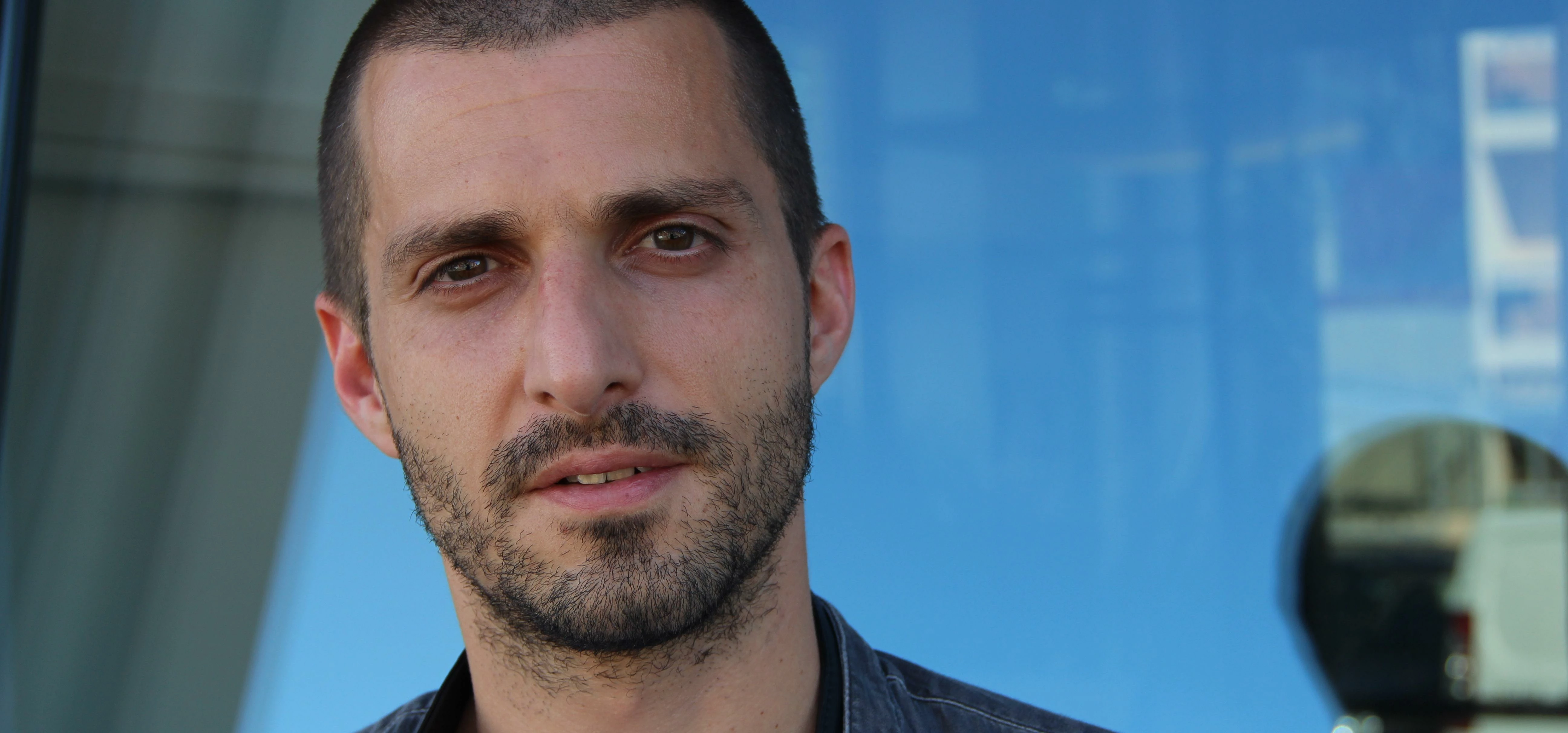
Partner Article
How to launch an app in international markets
By Alban Sayag, CEO of the WINGiT App
In such a crowded marketplace, it is one challenge to launch an app in a country and market that you know, but it’s an entirely different proposition to take your start-up venture abroad into the unknown. But clearly it can be done, as shown by the number of now hugely popular apps that all began as no more than one person’s bright idea.
Many start-ups will create a perfectly smart app that naturally has a fairly universal appeal – but it’s important not to assume the same reaction everywhere. By all means develop the app in a language suitable for your initial target market, but if you really want to make an international splash, you need to go much further.
So how to successfully launch an app in international markets? Below I have outlined my top five tips.
1. Ask yourself: Is it really necessary?
Is there a true advantage for your service to become global? Make sure you really need it and that your users really benefit from it. When we went global, WINGiT switched from a local discovery app to a global travel app. Our users can now take our service with them everywhere they go.
Also makes sure it’s the right time in your development plan, that you have the right resources (human, financial and technical) to make it happen the proper way.
2. Ask yourself: Is your start up scalable?
The cost of your international deployment must grow slower than the incremental revenue of the new locations. Design your offer (product and business model) in such a way that its core remains applicable worldwide, with some smaller components that can be easily tweaked according to local demand in different places. If you are too UK-centric, an international roll-out will cost you a lot of time and money to execute.
3. Understand cultural differences
Localisation is all about adapting your service to meet the various language and cultural requirements of a specific target market – this requires a lot of flexibility and local understanding. And localisation can only happen when the correct internationalisation processes (regional marketing and communication support, for example) are in place! Keep in mind the intricate cultural differences between markets that can make all the difference to how your app is received.
4. Stay focused
You mustn’t lose sight of the key objectives, despite taking this big leap! Going global is a consuming task but that should not mean losing focus on the basics of your business. The resources to help you are out there, you just need a clear mind and the drive to find them.
5. The end-user is key
At the end of the day, everything you are doing is to create a great user experience. Their experience is at the heart of everything you do so keep your ultimate goal in mind by asking the question, ‘how will this benefit the user?’ While the language and content will differ between countries, ultimately you want to provide the same game changing experience to people all over the world.
Alban Sayag is CEO of WINGiT, the city travel app, now available in London, Manchester & Leeds, also in USA and France. To download the app, visit: www.thewingitapp.com
This was posted in Bdaily's Members' News section by Alban Sayag, CEO of WINGiT .








 How to make your growth strategy deliver in 2026
How to make your growth strategy deliver in 2026
 Powering a new wave of regional screen indies
Powering a new wave of regional screen indies
 A new year and a new outlook for property scene
A new year and a new outlook for property scene
 Zero per cent - but maximum brand exposure
Zero per cent - but maximum brand exposure
 We don’t talk about money stress enough
We don’t talk about money stress enough
 A year of resilience, growth and collaboration
A year of resilience, growth and collaboration
 Apprenticeships: Lower standards risk safety
Apprenticeships: Lower standards risk safety
 Keeping it reel: Creating video in an authenticity era
Keeping it reel: Creating video in an authenticity era
 Budget: Creating a more vibrant market economy
Budget: Creating a more vibrant market economy
 Celebrating excellence and community support
Celebrating excellence and community support
 The value of nurturing homegrown innovation
The value of nurturing homegrown innovation
 A dynamic, fair and innovative economy
A dynamic, fair and innovative economy